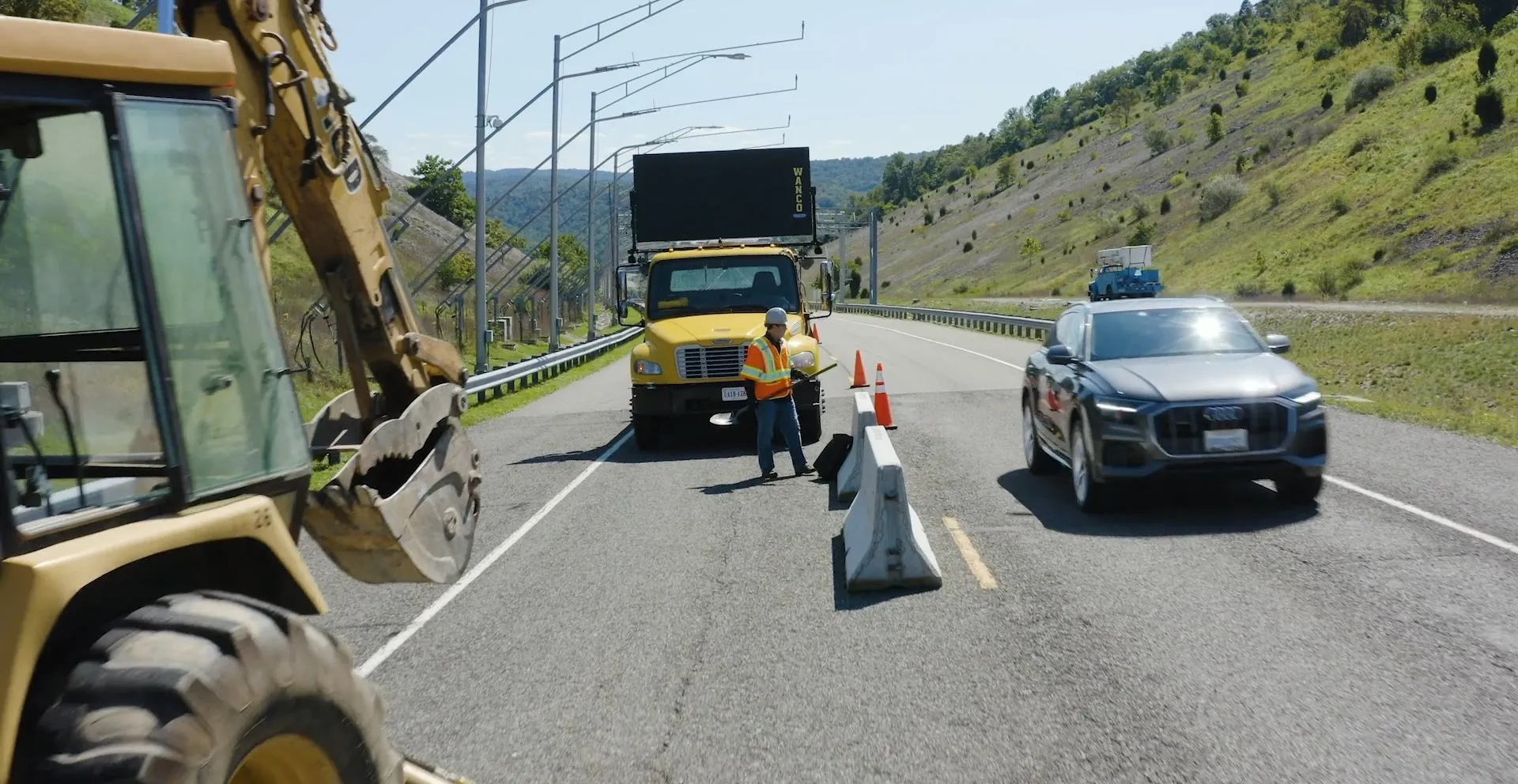In response to recent comments by FCC Chairman Julius Genachowski, and the ongoing study of spectrum sharing being undertaken by the National Telecommunications and Information Administration, the Intelligent Transportation Society of America (ITS America) urged spectrum policymakers not to fast track a decision on opening the 5.9 GHz band to unlicensed users. A complete record and fair opportunity for all affected parties to participate in the process needs to be addressed, particularly since life-saving v
January 21, 2013
Read time: 2 mins
In response to recent comments by FCC Chairman Julius Genachowski, and the ongoing study of spectrum sharing being undertaken by the National Telecommunications and Information Administration, the Intelligent Transportation Society of America (560 ITS America) urged spectrum policymakers not to fast track a decision on opening the 5.9 GHz band to unlicensed users. A complete record and fair opportunity for all affected parties to participate in the process needs to be addressed, particularly since life-saving vehicle safety technologies are on the line.
Scott Belcher, president and CEO of ITS America said, “We understand and support the effort by the2115 Federal Communications Commission (FCC) and the National Telecommunications and Information Administration (NTIA) to identify spectrum that may be utilised to ease the broadband shortage resulting from the proliferation of wireless services and devices,” Belcher said. “We recognise that sharing within the 5.9 GHz band should be explored. However, policymakers should be mindful not to fast track a decision without a complete record and fair opportunity for all affected parties to participate in the process, particularly when life-saving vehicle technologies are on the line.”
The324 US Department of Transportation (DOT) estimates that a connected vehicle network, which relies on the 5.9 GHz band and is currently being tested with nearly 3,000 vehicles in Ann Arbor Michigan, could address at least 80 percent of all unimpaired vehicle crash scenarios, saving many thousands of lives each year.
ITS America, the2094 Alliance of Automobile Manufacturers, the 4946 Association of Global Automakers, the 4944 American Association of State Highway and Transportation Officials, and other transportation and high-tech leaders sent a letter requesting that the NTIA involve the transportation community in the development of NTIA’s position regarding spectrum sharing within the 5.9 GHz band. The joint letter to the NTIA is online at http://db.tt/0ic046ha.
“As Chairman Genachowski acknowledged, the 5 GHz band is already used for other purposes by federal and non-federal users, requiring significant collaboration with other federal agencies in order to move forward. We look forward to working with the FCC, NTIA, USDOT and the stakeholder community to find solutions to the spectrum shortage while continuing to advance life-saving innovations,” Belcher said.
Scott Belcher, president and CEO of ITS America said, “We understand and support the effort by the
The
ITS America, the
“As Chairman Genachowski acknowledged, the 5 GHz band is already used for other purposes by federal and non-federal users, requiring significant collaboration with other federal agencies in order to move forward. We look forward to working with the FCC, NTIA, USDOT and the stakeholder community to find solutions to the spectrum shortage while continuing to advance life-saving innovations,” Belcher said.









